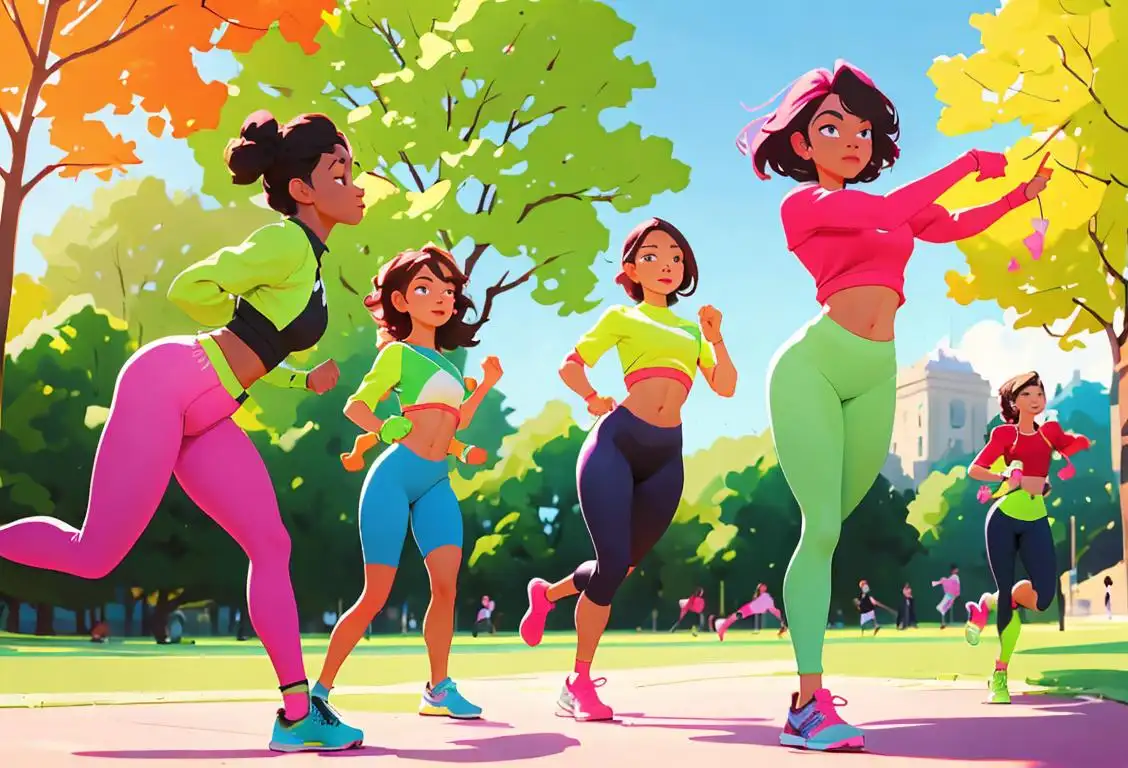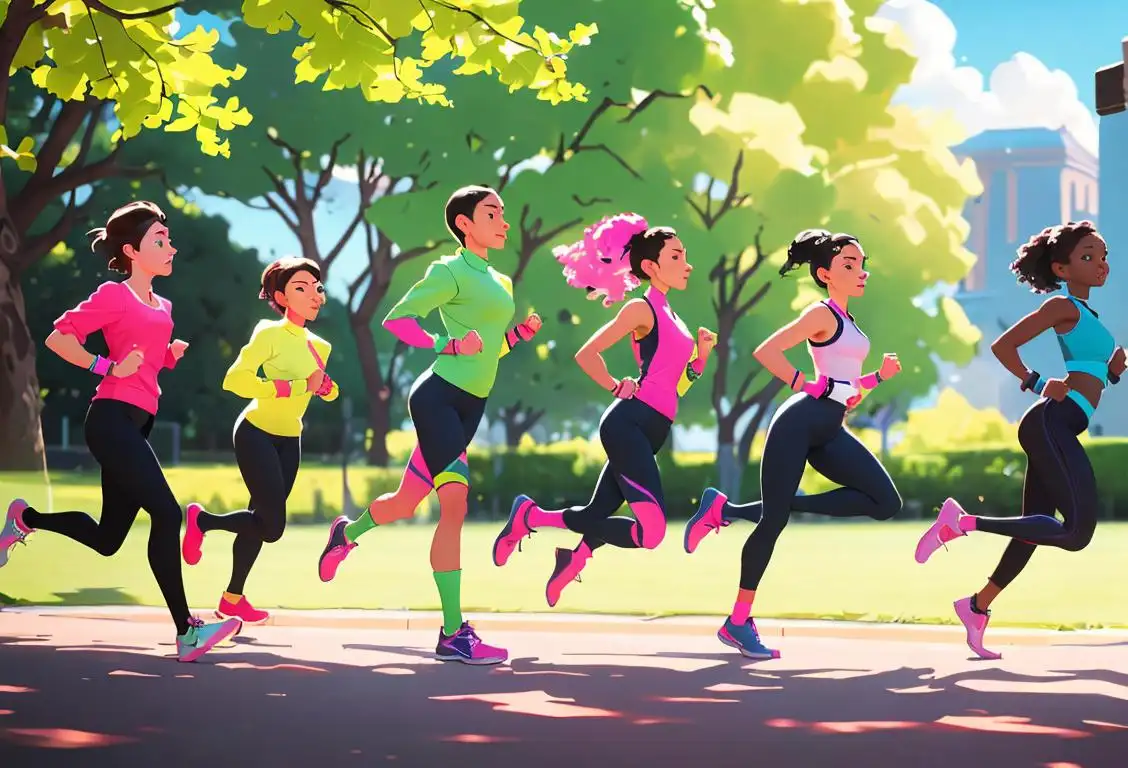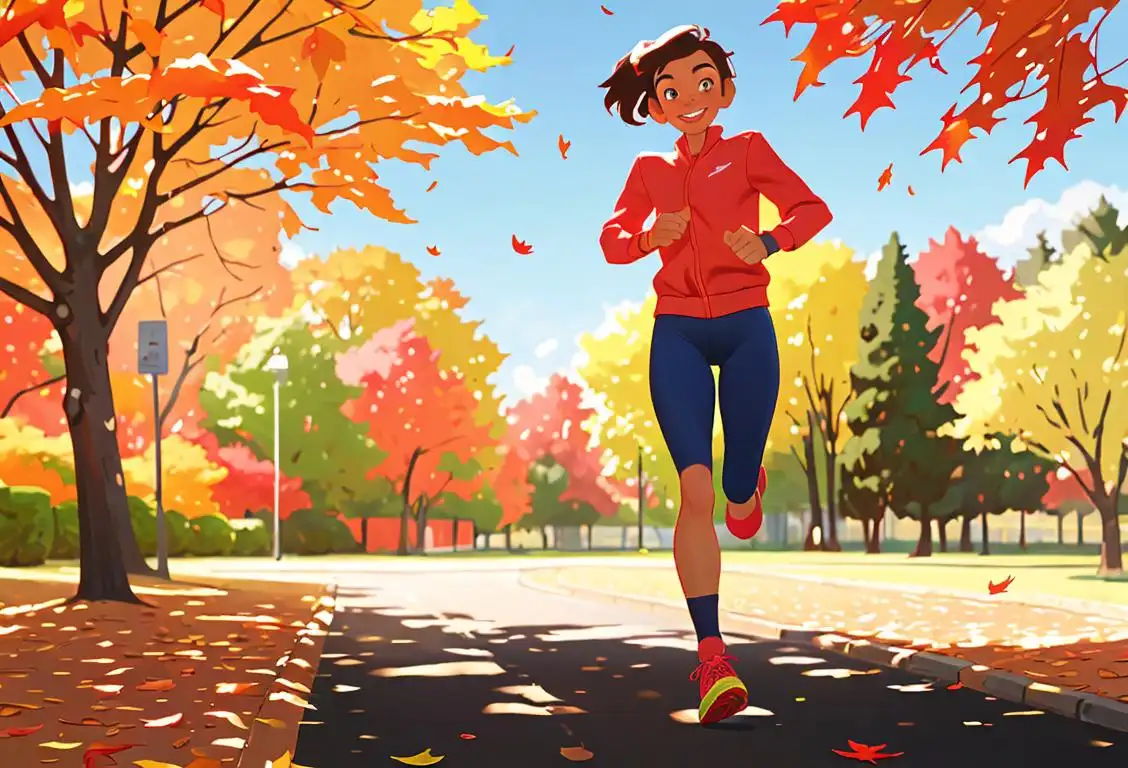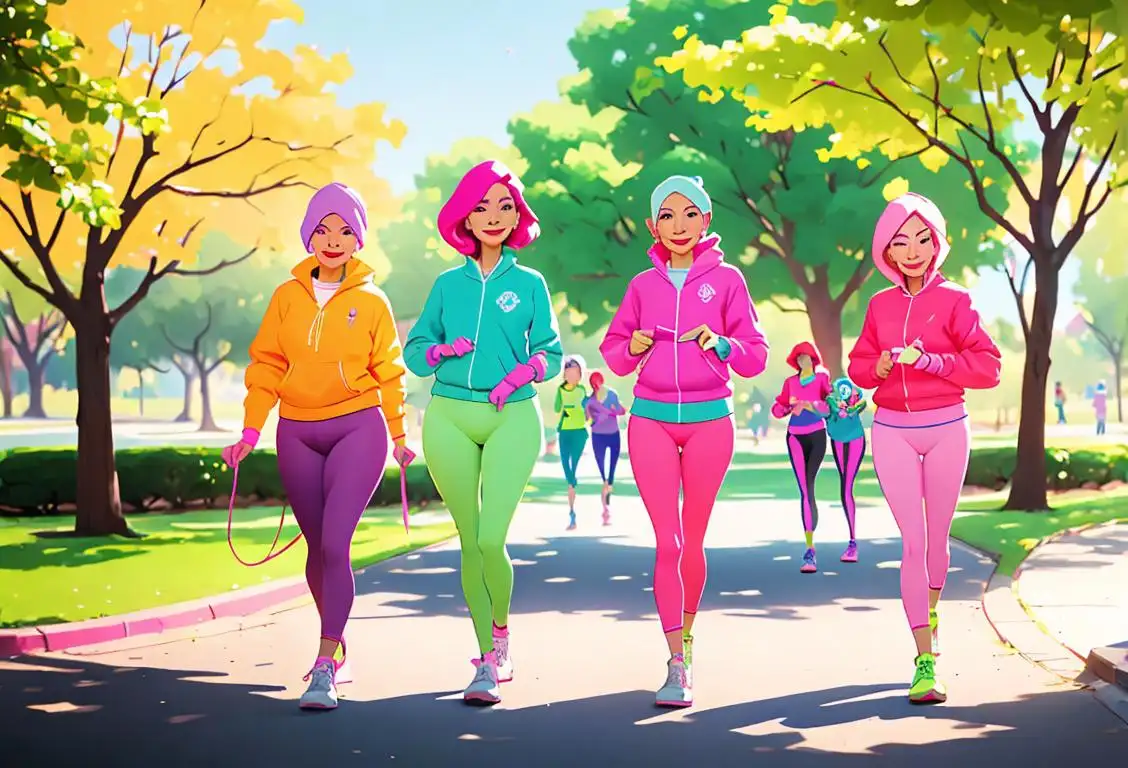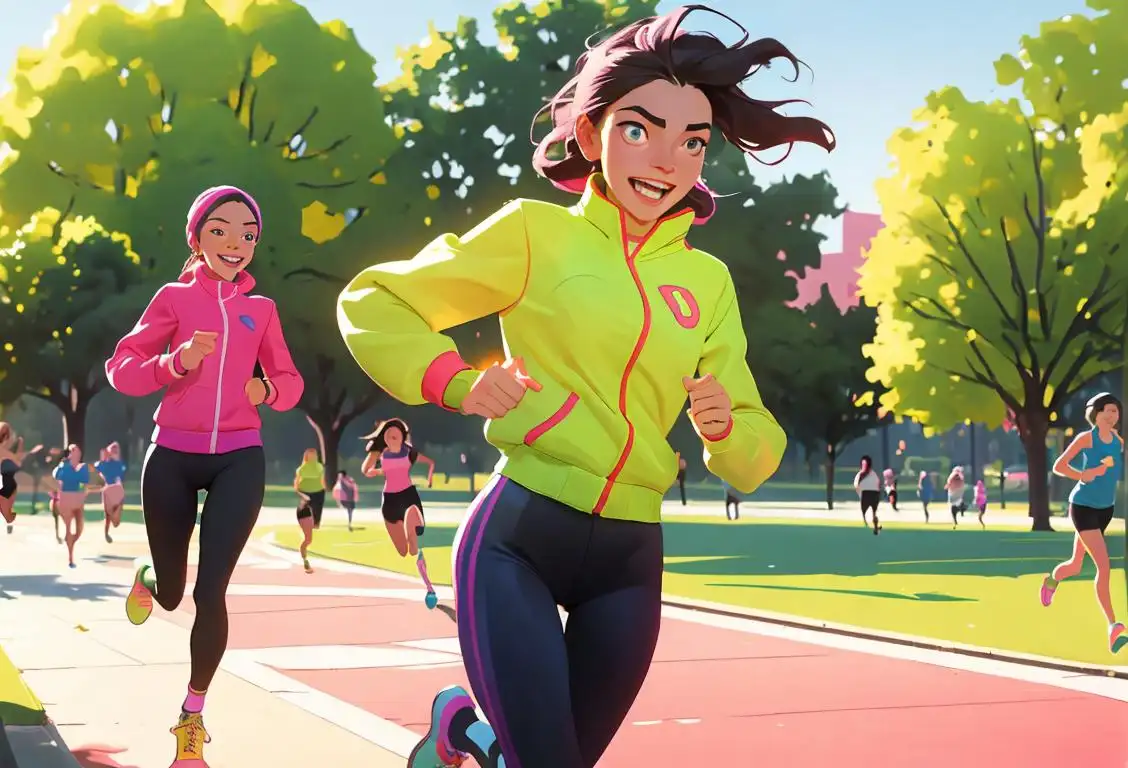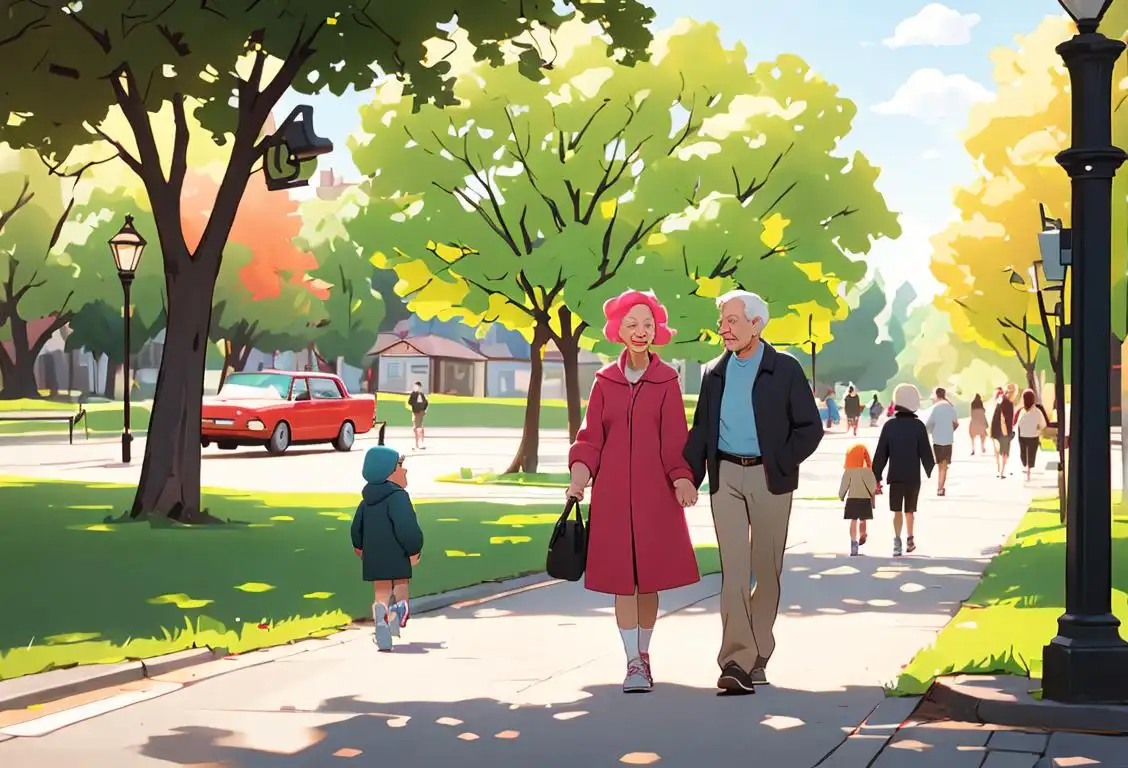National Leg Day
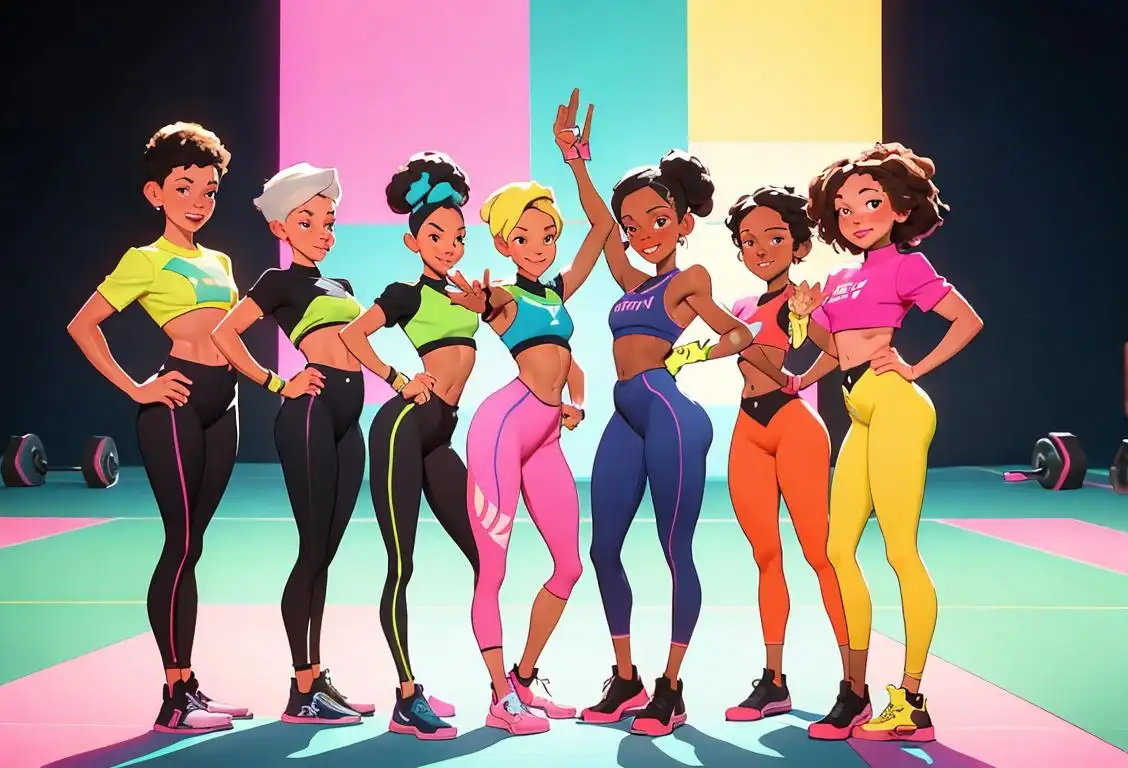
Well, hello there, squat champions and leg press leaders! Hold the dumbbell presses for a moment, because we've trotted to that monumental day devoted strictly to limbs - National Leg Day! How does this day leg it up above the rest? Let's find out!
When is Leg Day?
It's national leg day on the 2nd October.
The Leg-end of National Leg Day
Across glutes, calves, and quads across the nation, a deep sigh of relief (or perhaps a whimper of dread), signifies National Leg Day - an occasion that commands attentive focus on the oft-neglected bottom half.
Our data had it's leg day too, and managed to spot a total of 19 occurrences of National Leg Day mentions online, peaking on the 2nd of October, 2020. A clear sign that folks were swapping their cappuccinos for calf raises.
A Step in the Right Direction
National Leg Day isn't merely a day for gym zealots to compare squats, but a reminder for everyone about the importance of leg health. From bolstering blood flow to enhancing mobility, nailing down a solid leg day routine can have us all striding with a spring in our step and outracing the ice cream truck in no time.
Leg it to the Celebration
Get into the spirit by trying out a new leg exercise or sharing your fitness journey on socials under hashtag #NationalLegDay. And remember, it's not about having the legs of a runway model or hurdle champion - but to appreciate and take care of the ones that take you everywhere in life.
History behind the term 'Leg'
14th century
The Origins of 'Leg'
The term 'leg' has its origins in the 14th century Middle English word 'legg'. It can be traced back to the Old Norse word 'leggr' and the Old English word 'legu', both of which referred to the lower limb of humans and animals. The term gradually gained popularity as a way to describe the part of the body between the hip and the foot. Over time, 'legg' evolved into the modern term 'leg' that we use today.
17th century
Legs as a Symbol of Power and Authority
During the 17th century, legs became associated with power and authority. In many cultures, the length and shape of one's legs were seen as indicators of social status and physical prowess. Aristocrats and rulers would often display their legs by wearing breeches or other garments that emphasized the leg shape. This association between legs and authority further solidified the importance of legs in society.
18th century
Fashion and the Visibility of Legs
In the 18th century, fashion trends influenced the visibility and appearance of legs. Women's skirts became progressively shorter, allowing their legs to be more exposed. This trend continued into the 19th century with the rise of the high-waisted Empire dresses that emphasized the natural waistline and showcased an elegant leg shape. Legs became a symbol of beauty and were often celebrated in art and literature of the time.
20th century
Legs in Pop Culture and Mass Media
The 20th century witnessed the rise of popular culture and mass media, which further elevated the significance of legs. Legs became a focal point in advertising, films, and fashion magazines. Iconic figures like Marilyn Monroe and Betty Grable were known for their shapely legs, becoming symbols of beauty and sensuality. This era also saw the introduction of stockings and pantyhose, making legs a key element of fashion and self-expression.
Modern Day
Legs as Symbols of Freedom and Movement
In modern times, legs have come to symbolize freedom and movement. They represent the ability to explore and engage with the world around us. From athletes breaking world records with their powerful legs, to dancers gracefully expressing themselves through movement, legs continue to play a significant role in various aspects of our lives. Moreover, the term 'leg' has also gained metaphorical and idiomatic meanings, such as 'taking a leg up on someone' or 'getting a leg over', adding further depth to its cultural impact.
Did you know?
You may not believe it, but a strict regular leg workout routine can actually improve your brain performance. That's right; when you're working on those legs, you're also pumping up your mind!Tagged
awareness fun sports healthFirst identified
11th April 2015Most mentioned on
2nd October 2020Total mentions
19Other days
Fitness Day
Health And Fitness Day
Run Day
Yoga Day
Heart Valve Awareness Day
Cancer Prevention Day
Squat Day
Leg Day
Running Day
Walking Day
